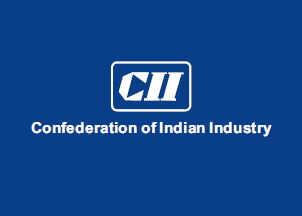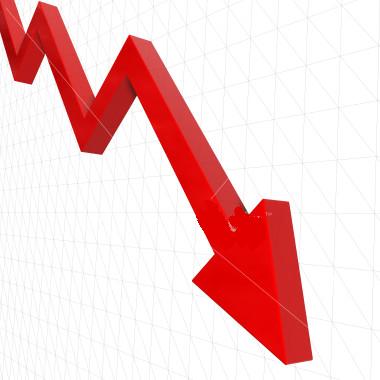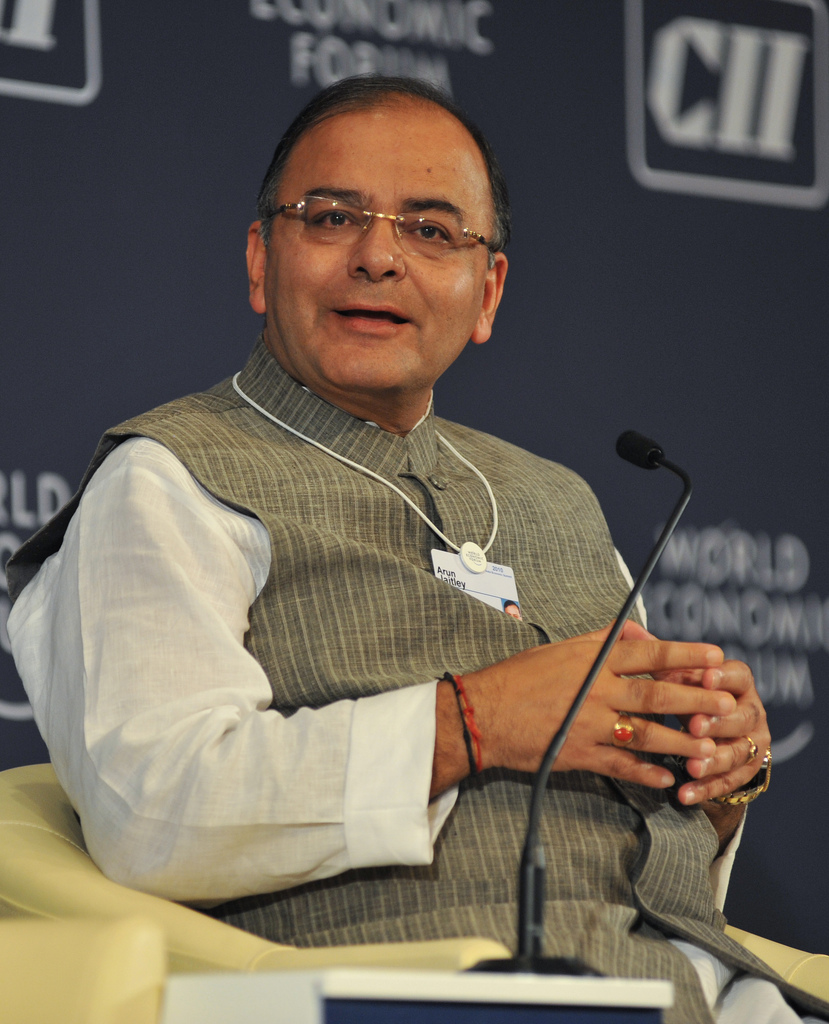Vivek Kaul
Big business has been after the Reserve Bank of India (RBI) to cut the repo rate or the rate at which the central bank lends money to the banks.
There seems to be a certain formula to the whole thing. Before any monetary policy the business lobbies make a series of statements asking the RBI to cut interest rates. And when the RBI does not cut the repo rate, they make another series of statements explaining why the RBI should have cut the repo rate.
The belief is that a cut in the repo rate will lead to banks cutting the interest rates at which they lend. The statements made by the business lobbies normally try to explain how a cut in interest rates will lead to people borrowing and consuming more and companies borrowing and investing more. The RBI hasn’t entertained them till now.
In the monetary policy statement released on December 2, 2014, the RBI said that it might start cutting the repo rate sometime early next year.
The business lobbies immediately issued statements expressing their disappointment on the RBI not cutting the repo rate. Confederation of Indian Industries (CII), one of the three big business lobbies, said in a statement: “At this juncture, even a symbolic cut in policy rates would have sent a strong signal down the line that both the government and the RBI are acting in concert to harness demand and take the economy to the higher orbit of growth.”
The phrase to mark here is harness demand (which I have italicized). As explained earlier the logic is that when the RBI cuts the repo rate, banks will cut their lending rates as well and people will borrow and spend more. This will mean businesses will earn more and will lead to economic growth.
Only if it was as simple as that: .
As John Kenneth Galbraith writes in The Affluent Society: “Consumer credit is ordinarily repaid in instalments, and one of the mathematical tricks of this type of repayment is that a very large increase in interest brings a very small increase in monthly payment.” And vice versa—a large cut in interest rate decreases the monthly payment by a very small amount.
Let’s understand this through an example. An individual decides to take a car loan of Rs 4.5 lakh at 10.5%, repayable over a period of five years. The monthly payment or the EMI on this loan amounts to Rs 9,672. Now let’s say the RBI decides to cut the repo rate by 50 basis points (one basis point is one hundredth of a percentage).
The bank works in perfect coordination with RBI (which is not always the case) and decides to cut the interest loan on the car loan by 50 basis points to 10%. The new EMI now stands at Rs 9,561 or around Rs 111 lower.
If the interest rate is cut by 100 basis points to 9.5%, the EMI falls by around Rs 221.5. Hence, a nearly one tenth cut in interest rate (from 10.5% to 9.5%) leads to the EMI falling by around 2.3% (Rs 221.5 expressed as a percentage of Rs 9,672, the original EMI).
Now will people go and buy cars just because the EMI is Rs 111 or Rs 221.5 lower? Obviously not. People spend money when they feel confident about their economic future. And that is not just about lowering interest rates.
For loans of smaller ticket sizes (consumer durables, two wheeler loans etc.) the difference between EMIs when interest rates are cut, is even more smaller. Hence, the logic that a cut in interest rates increases borrowing, isn’t really correct. As Galbraith puts it: “During periods of active monetary policy, increased finance charges have regularly been followed by large increases in consumer loans.”
What about the corporates? The business lobby CII felt that if the RBI had cut interest rates it would have “improved the poor credit offtake by industry”. In simple English this means that corporates would have borrowed and invested more, only if, the RBI had cut the repo rate.
But is that really the case? As John Kenneth Galbraith points out in The Economics of Innocent Fraud: “If in recession the interest rate is lowered by the central bank, the member banks are counted on to pass the lower rate along to their customers, thus encouraging them to borrow. Producers will thus produce goods and services, buy the plant and machinery they can afford now and from which they can make money, and consumption paid for by cheaper loans will expand.”
But that doesn’t really happen. “The difficulty is that this highly plausible, wholly agreeable process exists only in well-established economic belief and not in real life. The belief depends on the seemingly persuasive theory and on neither reality nor practical experience. Business firms borrow when they can make money and not because interest rates are low [the emphasis is mine],” Galbraith points out.
The last sentence in the above paragraph summarizes the whole situation. And it is difficult to believe that corporates do not understand something as basic as this.
This was also pointed out in a recent research report titled Will a rate cut spur investments?Not really, brought out by Crisil Research. (I had referred to this report in detail on an earlier occasion).
In this report it was pointed out that investment growth in fiscals 2013 and 2014 fell to 0.3%, despite negative real interest rates (repo rate minus retail inflation). The real interest rate during the period was at minus 2.1%, whereas the real lending rate was only at 2.8%.
In contrast for the period between 2004 and 2008, had a real interest rate of 7.4%, and the average investment growth stood at 16.4% per year, during the period. Why was that the case? “The rate of return on investments – as proxied by return on assets (RoA) of around 10,000 non-financial companies as per CMIE Prowess database – have fallen sharply to 2.8% in fiscal 2013 and 2014 from 5.9% in the pre-crisis years,” Crisil Research points out.
This is precisely the point Galbraith makes— Business firms borrow when they can make money and not because interest rates are low.
To conclude, Indian businesses seem to have great faith in monetary policy doing the trick, when there are too many other factors holding back growth (I haven’t gone into these factors partly because they are well known and partly because that’s a separate column in itself).
Indian businessmen are not the only ones who seem to have great faith in monetary policy. This is a trend that is prevalent throughout the world. The central bankers are expected to use monetary policy and come to the rescue of the beleaguered economies all over the world.
Where does this faith stem from? Galbraith explains this beautifully in The Affluent Society: “There is no magic in the monetary policy…[It] is a blunt, unreliable, discriminatory and somewhat dangerous instrument of economic control. It survives in esteem partly because so few understand it…It survives, also because active monetary policy means that, at times, interest rates will be high – a circumstance that is far from disagreeable for those with money to lend.”
The article appeared on www.equitymaster.com as a part of The Daily Reckoning, on Dec 8, 2014





